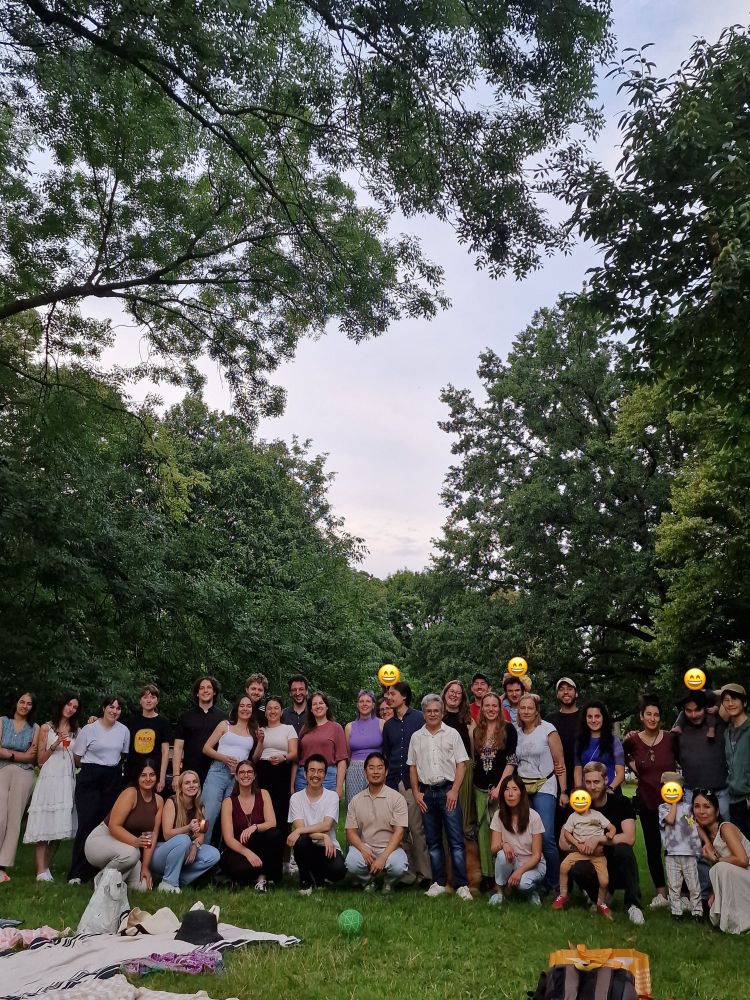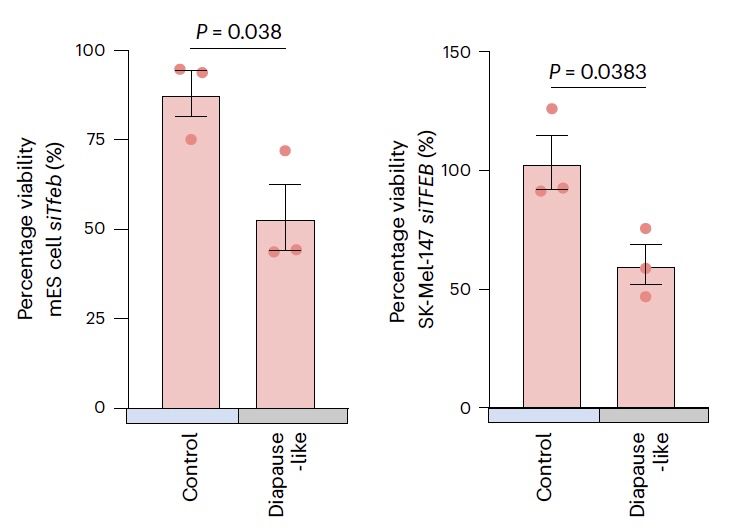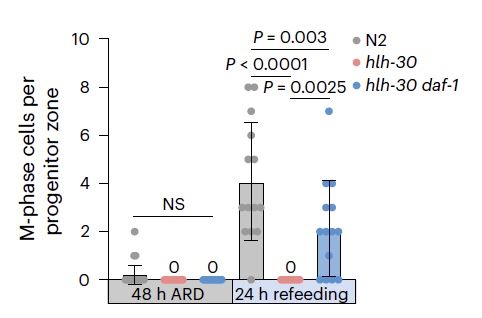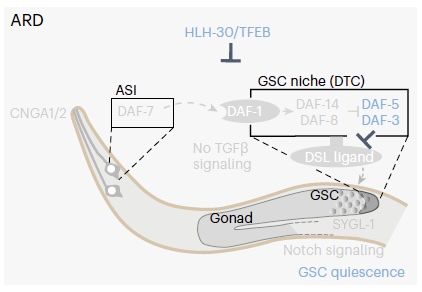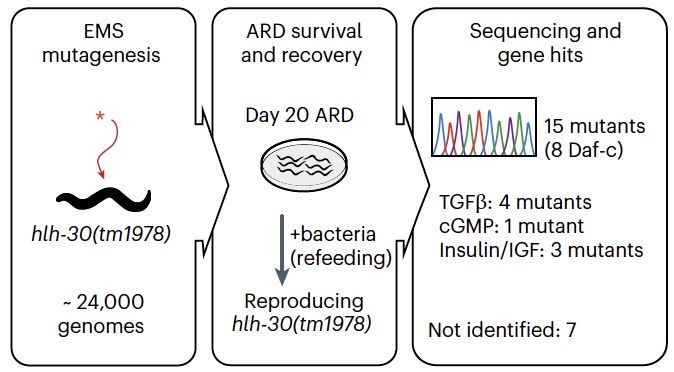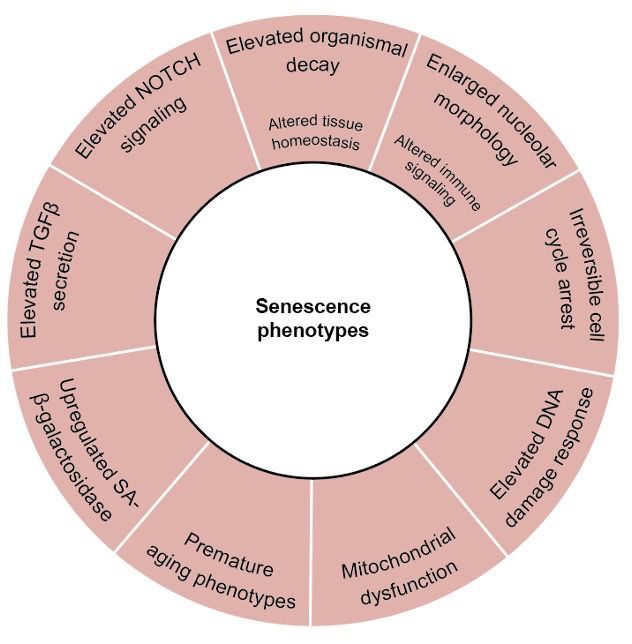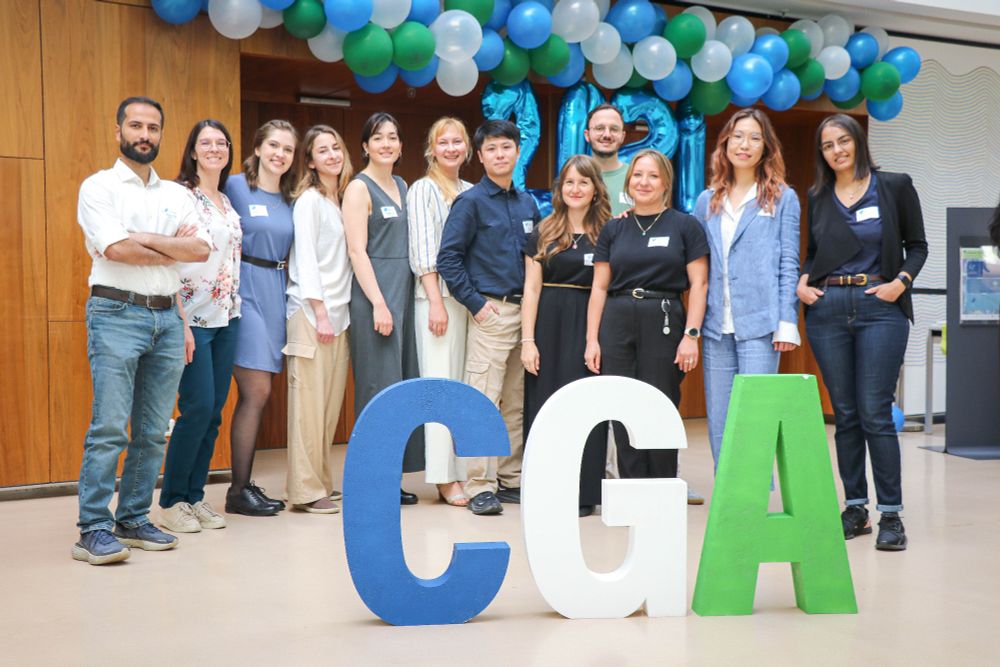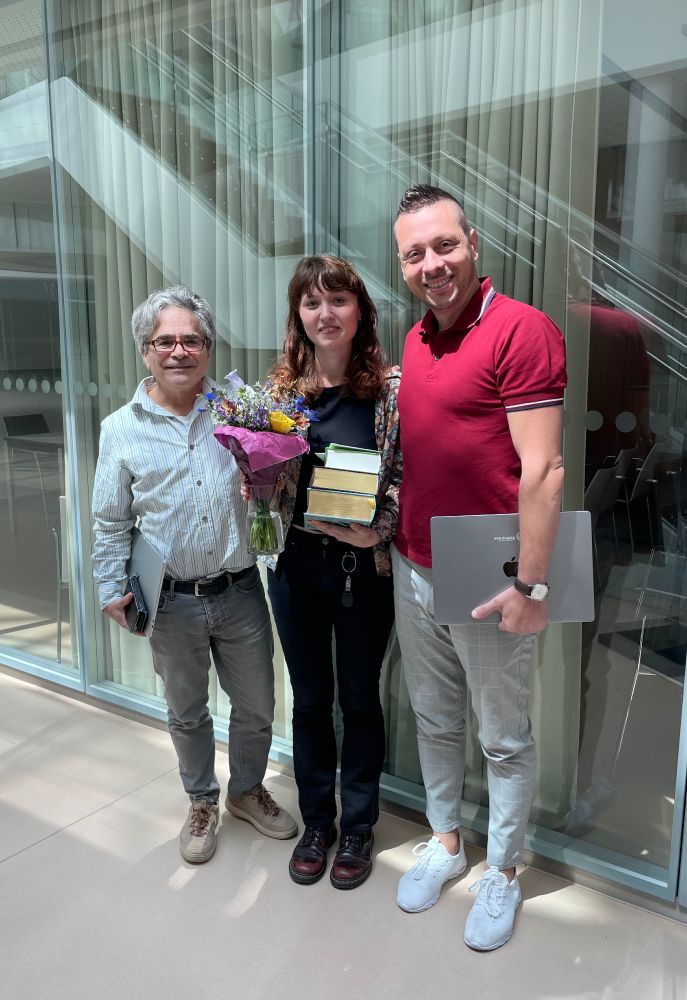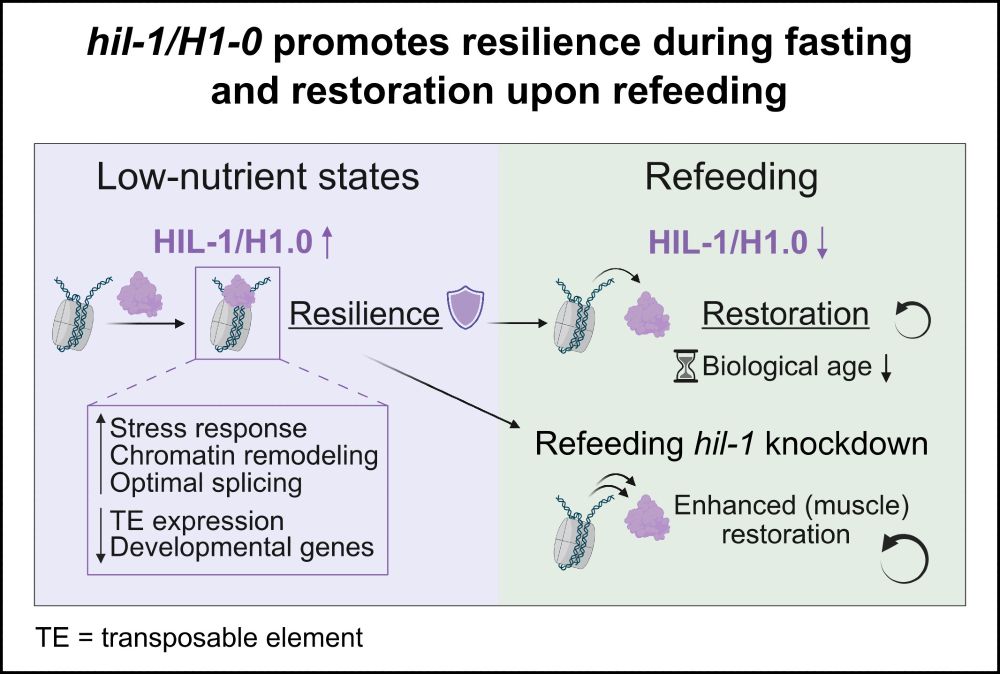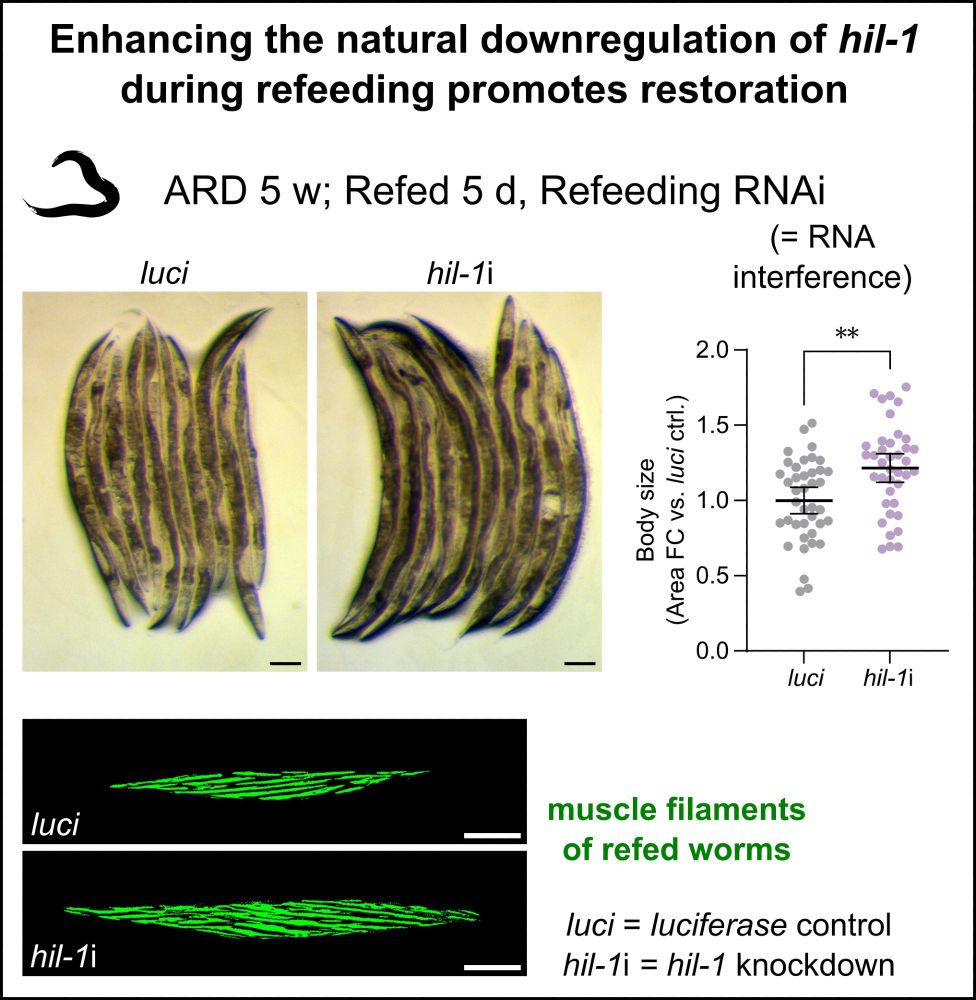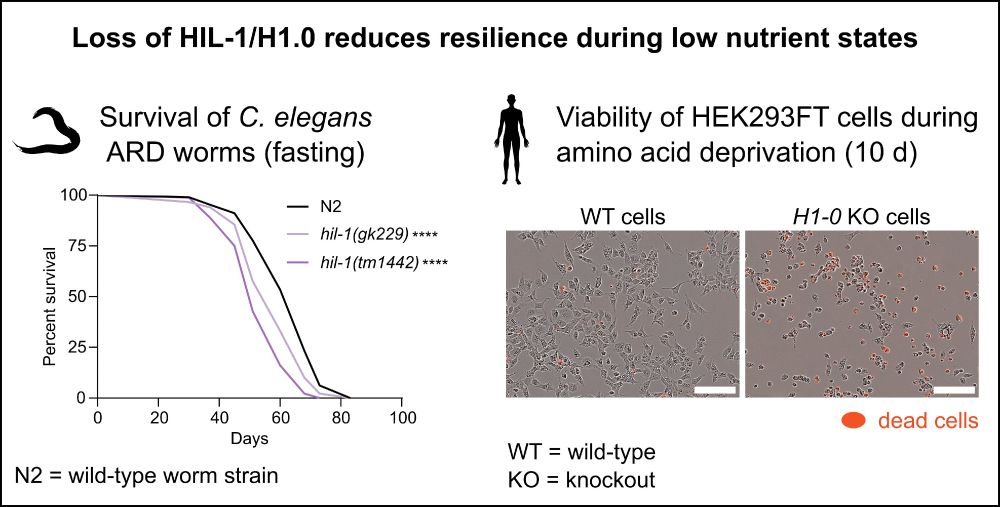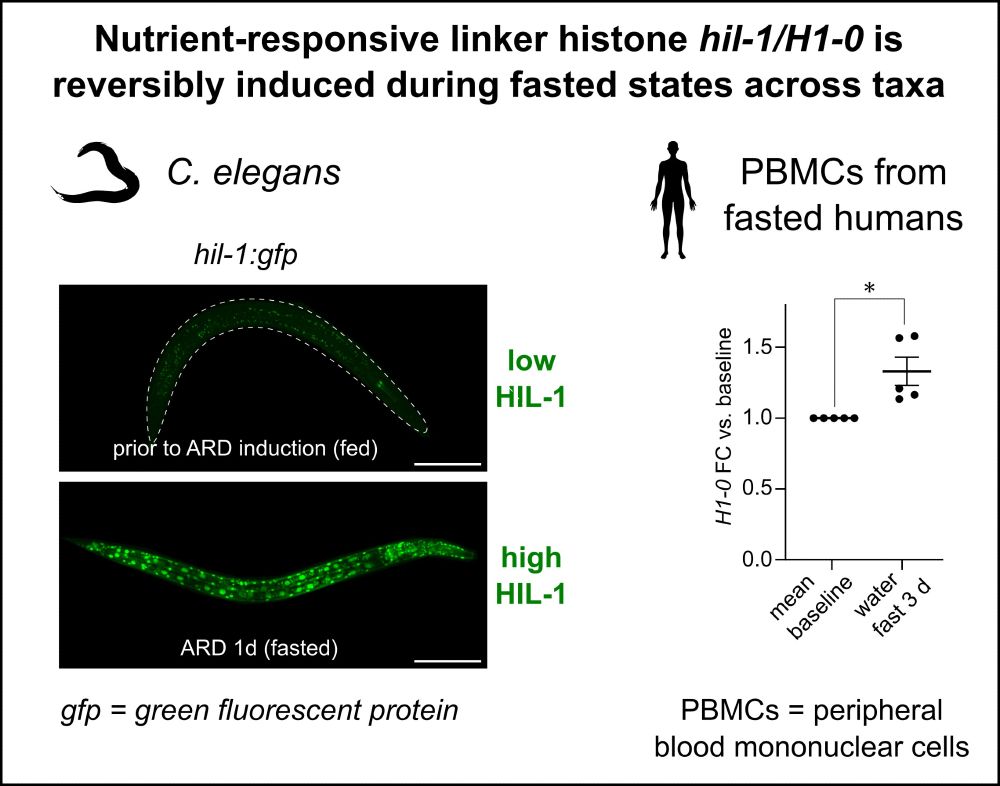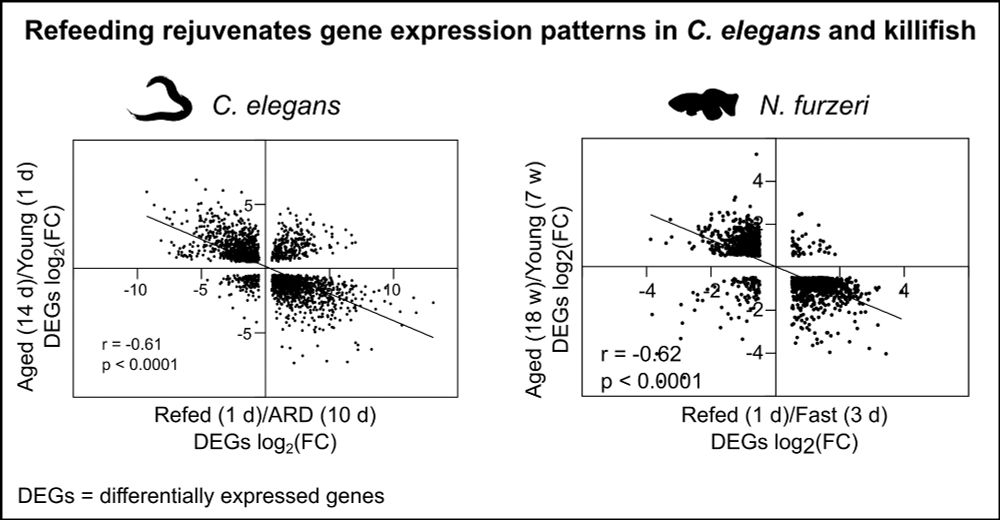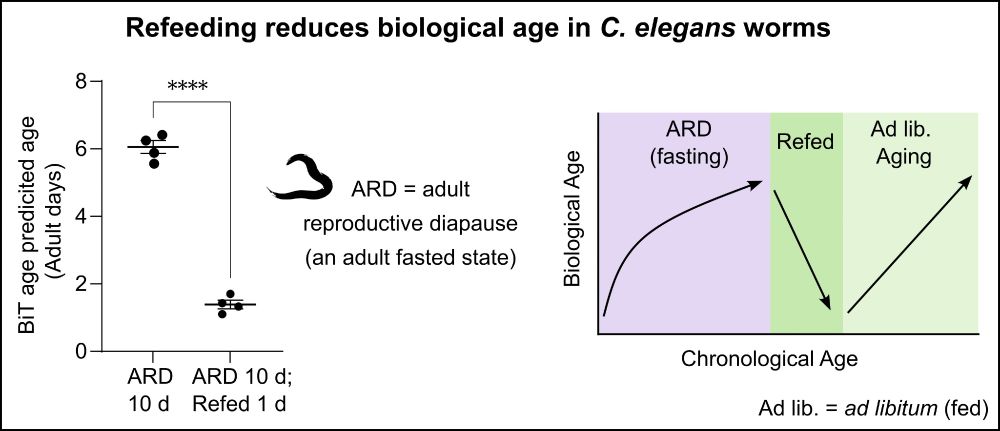Antebi Lab
@antebilab.bsky.social
220 followers
170 following
22 posts
Department of Molecular Genetics of Ageing, Max Planck Institute for Biology of Ageing
https://www.age.mpg.de/antebi/research
Posts
Media
Videos
Starter Packs
Antebi Lab
@antebilab.bsky.social
· Jun 30
Antebi Lab
@antebilab.bsky.social
· Jun 30
Antebi Lab
@antebilab.bsky.social
· Jun 30
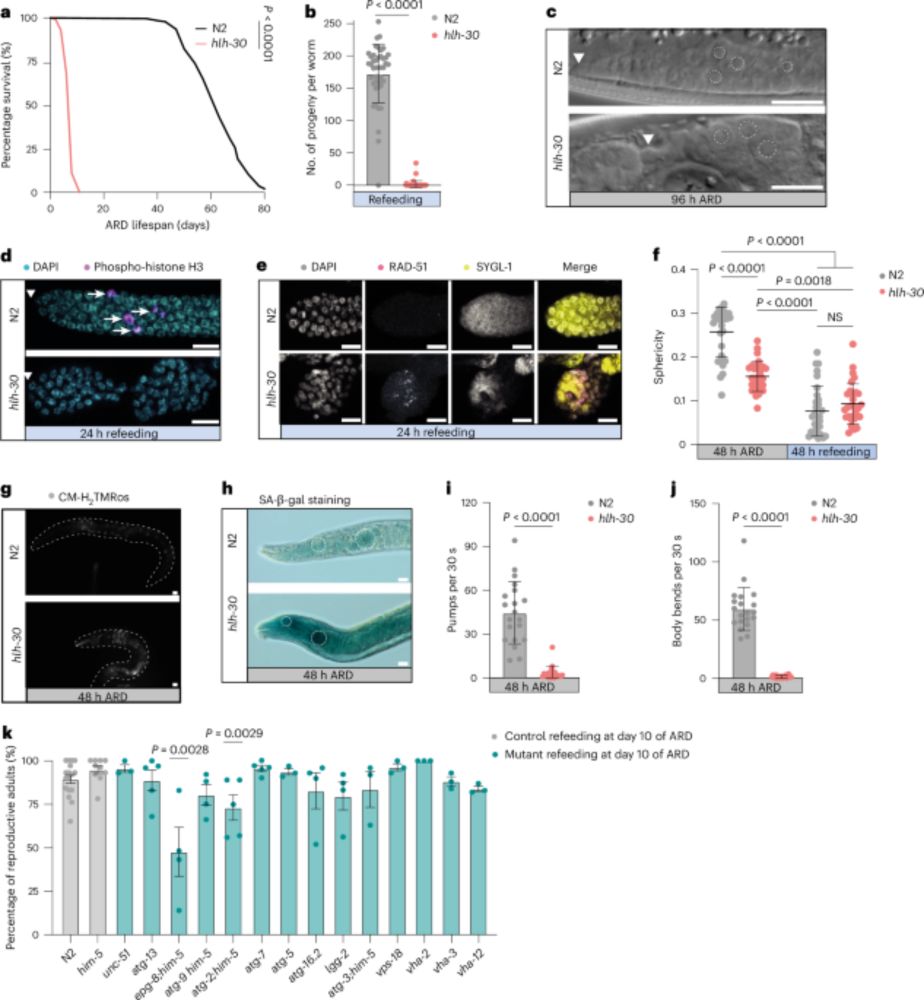
A TFEB–TGFβ axis systemically regulates diapause, stem cell resilience and protects against a senescence-like state - Nature Aging
Nonninger et al. identify the TFEB–TGFβ signaling axis as a regulator of stem cell resilience that protects against a senescence-like state during the adult diapause in Caenorhabditis elegans, a mecha...
www.nature.com
Antebi Lab
@antebilab.bsky.social
· Jun 30
Reposted by Antebi Lab
Reposted by Antebi Lab
Antebi Lab
@antebilab.bsky.social
· Apr 28

Resilience and restoration from fasting-refeeding mediated by a nutrient-regulated linker histone
Intermittent fasting and fasting-refeeding regimens can slow biological aging across taxa[1][1]. Shifts between fed and fasted states activate ancient nutrient-sensing pathways which alter cellular an...
www.biorxiv.org



